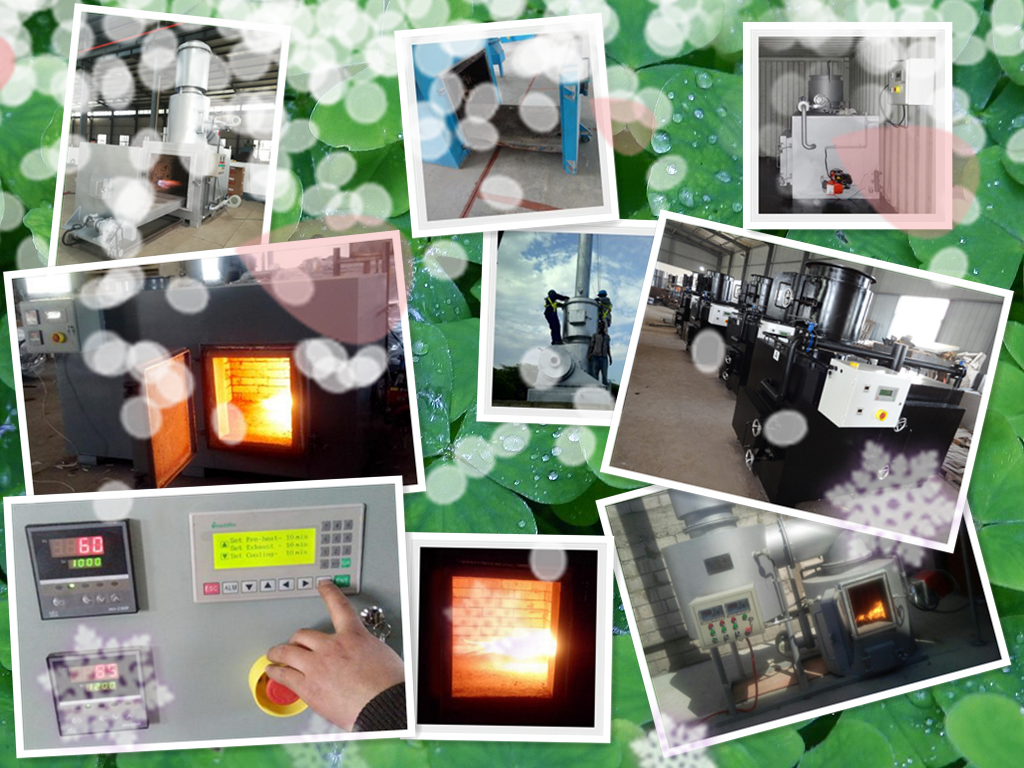Incinerator technology is becoming increasingly important in India as the country grapples with the challenge of managing its growing waste and reducing its environmental impact. However, the rising expenses associated with incinerator technology have become a cause for concern for both the government and private sector.
One of the main reasons for the rising expenses of incinerator technology in India is the increasing cost of construction and commissioning of incinerator plants. The technology involved in building and maintaining these plants is complex and requires a significant amount of investment. This includes the cost of acquiring land, obtaining necessary permits and clearances, and implementing advanced pollution control systems to ensure that emissions from the incineration process are within acceptable limits.
Additionally, the operational expenses of incinerator plants have also been on the rise. This includes the cost of adequate staffing, maintenance of equipment, and disposal of ash and other by-products of the incineration process. As the demand for waste management solutions increases, there is also pressure to ensure that these plants operate at maximum efficiency, which requires additional investment in technology and monitoring systems.
Another factor contributing to the rising expenses of incinerator technology in India is the need for continuous upgrades and improvements to meet stringent environmental regulations. India has set ambitious targets for reducing its carbon emissions and improving air quality, which means that incinerator plants must continually adapt to meet these standards. This requires ongoing investment in technology and equipment to ensure compliance with regulations and standards.
Furthermore, the rising expenses of incinerator technology in India are also driven by the need for continuous research and development to improve the efficiency and sustainability of the incineration process. This includes exploring new technologies to reduce emissions and increase energy recovery from the waste.
To address the rising expenses of incinerator technology in India, it is crucial for the government and private sector to collaborate on finding innovative solutions. This could include investing in research and development to create more cost-effective and sustainable incinerator technology, as well as exploring new business models for financing and managing incinerator plants.
Furthermore, there is also a need for more extensive use of public-private partnerships to pool resources and expertise in managing incinerator technology. This can help reduce the financial burden on the government while ensuring that incinerator plants are operated efficiently and in compliance with environmental regulations.
In conclusion, the rising expenses of incinerator technology in India are a significant challenge that needs to be addressed urgently. It will require a concerted effort from the government, private sector, and research institutions to find innovative solutions that can make incinerator technology more cost-effective and sustainable. Failure to address these rising expenses could have severe consequences for India’s waste management and environmental sustainability efforts.


